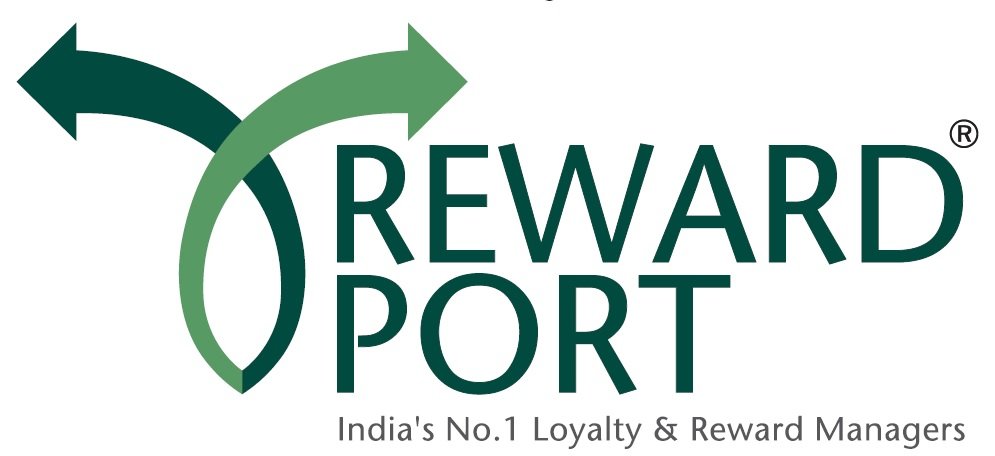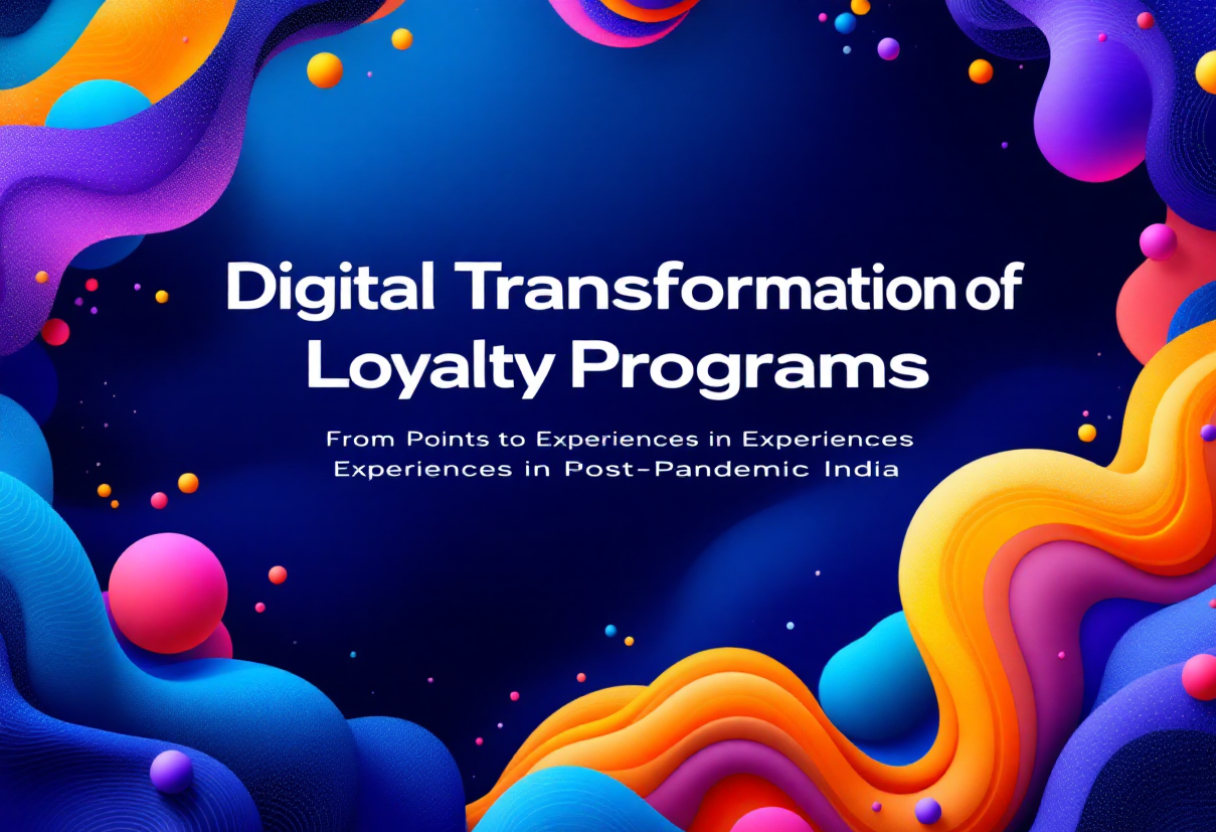The loyalty program landscape in India has undergone a seismic shift. Pre-pandemic loyalty programs were transactional, points-obsessed systems that treated customers like spreadsheet entries. Today, successful brands are discovering that modern Indian consumers—armed with smartphones, elevated expectations, and limitless options—demand something radically different: personalized experiences that create emotional connections.
This transformation isn’t just about going digital. It’s about fundamentally reimagining how brands build relationships with customers in an era where trust is scarce, attention spans are shorter, and competition is one tap away. Companies that master this shift are seeing extraordinary results: 67% higher customer lifetime value, 89% better engagement rates, and loyalty levels that survive economic downturns and competitive pressures.
The Death of Traditional Loyalty Programs
Traditional loyalty programs in India are failing spectacularly. Despite companies spending ₹78,000 crores annually on loyalty initiatives, customer retention rates have declined by 23% since 2020. The reason? These programs were designed for a world that no longer exists.
- 84% of Indian consumers belong to multiple loyalty programs but actively engage with fewer than 3
- 71% of loyalty program members have never redeemed a reward
- 56% of consumers can’t remember the benefits of loyalty programs they’ve joined
- 78% find current loyalty communications irrelevant or annoying
These statistics reveal a disconnect between what companies think customers want and what actually drives loyalty behavior. The pandemic accelerated this gap, as consumer expectations shifted toward digital-first, experience-driven interactions.
What Post-Pandemic Indian Consumers Actually Want
The pandemic fundamentally changed Indian consumer psychology. Economic uncertainty, health concerns, and digital acceleration created new priorities and expectations that loyalty programs must address.
Experience Over Transactions
Modern Indian consumers value experiences more than points. They want brands to understand their life context—whether they’re working from home, managing family health, or navigating financial stress. Successful loyalty programs now focus on making customers’ lives easier, not just rewarding purchases.
Personalization at Scale
Indian consumers expect Netflix-level personalization from every brand interaction. They want loyalty programs that learn from their behavior, anticipate their needs, and deliver relevant value without being asked. Generic offers feel insulting to consumers accustomed to AI-powered recommendations.
Instant Gratification with Long-term Value
The digital economy has trained consumers to expect immediate value while still appreciating long-term benefits. Effective loyalty programs provide instant micro-rewards while building toward meaningful long-term experiences.
Community and Social Connection
Post-pandemic loneliness and social media saturation have created hunger for authentic community. Loyalty programs that create genuine connections between like-minded customers see significantly higher engagement and emotional attachment.
The New Loyalty Architecture: Experience-Driven Design
Successful digital loyalty programs in post-pandemic India share five core characteristics that differentiate them from traditional points-based systems:
1. Behavioral Intelligence Over Transaction Tracking
Advanced programs use AI and machine learning to understand customer behavior patterns, preferences, and life stages. Instead of simply tracking purchases, they analyze browsing behavior, engagement patterns, seasonal preferences, and life events to deliver hyper-relevant experiences.
2. Emotional Journey Mapping
Leading programs map customer emotional journeys, not just purchase funnels. They identify moments of delight, frustration, anxiety, or excitement and design interventions that enhance positive emotions while addressing pain points.
3. Multi-Dimensional Value Creation
Modern programs create value through multiple dimensions: functional (saving time/money), emotional (feeling special/understood), social (community/status), and aspirational (helping achieve goals). This multi-layered approach creates stronger attachment than single-benefit programs.
4. Predictive Engagement
Instead of reactive customer service, advanced programs proactively engage customers based on predicted needs, potential issues, or opportunities. This might include automatic order replacements before customers run out, proactive support during high-stress periods, or surprise rewards during important personal moments.
5. Ecosystem Integration
Successful programs integrate seamlessly with customers’ digital ecosystems—payment apps, social media, entertainment platforms, and daily-use applications. This integration makes loyalty benefits feel natural rather than forced.
Technology Enablers of Modern Loyalty
Artificial Intelligence and Machine Learning
AI powers personalization engines that learn from every customer interaction to improve recommendations, timing, and communication. Machine learning algorithms identify patterns that human analysts miss, enabling micro-segmentation and individual-level customization.
Advanced Applications:
- Predictive churn modeling that identifies at-risk customers weeks before they show traditional warning signs
- Dynamic pricing and reward optimization based on individual price sensitivity and value perception
- Conversational AI that provides personalized loyalty assistance through chatbots and voice interfaces
- Image recognition that automatically credits loyalty points for product usage posts on social media
Customer Data Platforms (CDPs)
CDPs unify customer data from all touchpoints—website, mobile app, physical stores, customer service, social media, and third-party platforms—creating a single, real-time view of each customer that enables coordinated loyalty experiences across all channels.
Real-Time Decision Engines
Modern loyalty platforms make split-second decisions about what offers, messages, or experiences to present to each customer based on their current context, historical behavior, and predicted future actions.
Case Study: Transforming Traditional Retail Through Experience Design
A major Indian electronics retailer was facing declining customer retention despite having 2.3 million loyalty program members. Their traditional points-based program offered discounts on future purchases, but redemption rates were below 12%, and customer lifetime value was stagnating.
Phase 1: Customer Intelligence Revolution
They implemented AI-powered customer analytics that analyzed purchase history, browsing behavior, service interactions, and external data sources to create detailed customer personas and predictive models.
Phase 2: Experience Ecosystem Design
Instead of offering generic discounts, they created value through:
- Tech Support Concierge: Priority access to expert technical support for loyalty members
- Future-Tech Preview: Exclusive access to new product demonstrations and early purchase opportunities
- Digital Lifestyle Integration: Partnerships with streaming services, productivity apps, and digital content providers
- Community Building: Tech enthusiast forums, virtual events, and expert-led workshops
- Customer lifetime value increased by 156%
- Active program engagement rose from 23% to 78%
- Customer retention improved by 67%
- Net Promoter Score increased from 31 to 74
- Revenue per customer grew by 89%
Building Your Digital Loyalty Strategy: A Framework
Phase 1: Customer Intelligence Foundation (Months 1-2)
Behavioral Analytics: Implement analytics tools that go beyond purchase tracking to understand customer motivations, preferences, life stages, and emotional triggers. Use AI to identify patterns and create predictive models.
Customer Journey Mapping: Map complete customer journeys across all touchpoints, identifying moments of delight, friction, and opportunity. Focus on emotional experiences, not just functional interactions.
Phase 2: Experience Architecture Design (Months 2-3)
Value Proposition Redesign: Move beyond transactional rewards to create multi-dimensional value propositions that address functional, emotional, social, and aspirational customer needs.
Personalization Engine: Build dynamic personalization capabilities that adapt to individual customer contexts, preferences, and predicted needs in real-time.
Omnichannel Integration: Ensure loyalty experiences work seamlessly across all customer touchpoints—mobile app, website, physical stores, customer service, and partner platforms.
Phase 3: Technology Platform Implementation (Months 3-5)
Core Platform Selection: Choose loyalty platform technology that supports real-time personalization, omnichannel experiences, and AI-powered insights rather than just points tracking.
API-First Architecture: Implement platforms with robust APIs that can integrate with existing systems and future technology additions without requiring complete overhauls.
Mobile-First Design: Prioritize mobile experiences since 89% of Indian loyalty program interactions now happen on smartphones.
Advanced Digital Loyalty Tactics for Indian Markets
Cultural Moment Marketing
Leverage India’s rich calendar of festivals, regional celebrations, and cultural moments to create timely, relevant loyalty experiences. AI can predict which cultural moments matter most to individual customers based on their background and behavior.
Vernacular Personalization
Use language processing technology to communicate with customers in their preferred languages and cultural contexts, making loyalty experiences feel native rather than translated.
Family-Centric Rewards
Design loyalty benefits that acknowledge Indian family structures and decision-making processes. Rewards that benefit entire families or recognize family achievements create stronger emotional connections.
Micro-Community Building
Create loyalty sub-communities around specific interests, life stages, or geographical regions. These communities generate user-generated content, peer recommendations, and organic engagement that reduces marketing costs while increasing loyalty.
Measuring Success in the Digital Era
Primary KPIs for Experience-Driven Loyalty
- Customer Lifetime Value (CLV): Track revenue generated over extended periods, not just immediate purchase impact
- Emotional Loyalty Score: Measure emotional attachment through sentiment analysis, advocacy behavior, and voluntary engagement metrics
- Experience Quality Index: Monitor satisfaction with individual loyalty interactions, not just overall program satisfaction
- Predictive Retention Score: Use AI to calculate likelihood of customer retention based on engagement patterns and behavioral changes
Future Trends in Digital Loyalty
Voice-Activated Loyalty
As voice assistants become more prevalent in Indian homes, loyalty programs will integrate with Alexa, Google Assistant, and local language voice platforms to enable voice-activated rewards, recommendations, and engagement.
IoT-Enabled Automatic Loyalty
Internet of Things devices will automatically track product usage and trigger loyalty rewards without requiring customer action. Smart appliances, connected cars, and wearable devices will generate loyalty engagement opportunities.
Metaverse Loyalty Experiences
Virtual and augmented reality will enable immersive loyalty experiences like virtual store visits, product trials, and community events that transcend physical limitations.
Implementation Roadmap for Immediate Action
- Audit current loyalty program performance and customer feedback
- Identify digital transformation priorities and success metrics
- Define customer experience vision and value proposition strategy
Week 3-4: Technology Planning
- Evaluate current technology stack and integration capabilities
- Research loyalty platform options and API requirements
- Plan data unification and analytics implementation approach
Month 2: Foundation Building
- Begin customer data platform implementation
- Start AI and analytics tool integration
- Design initial experience prototypes and test concepts
The transformation from points-based to experience-driven loyalty programs isn’t just a technological upgrade—it’s a fundamental shift in how brands build relationships with customers. Indian companies that embrace this change will create sustainable competitive advantages through deeper customer connections, higher retention rates, and increased lifetime value.
The question isn’t whether to digitally transform your loyalty program. In today’s competitive landscape, the question is how quickly you can create experiences that make customers choose your brand not just for what you sell, but for how you make them feel valued, understood, and emotionally connected to your mission.


